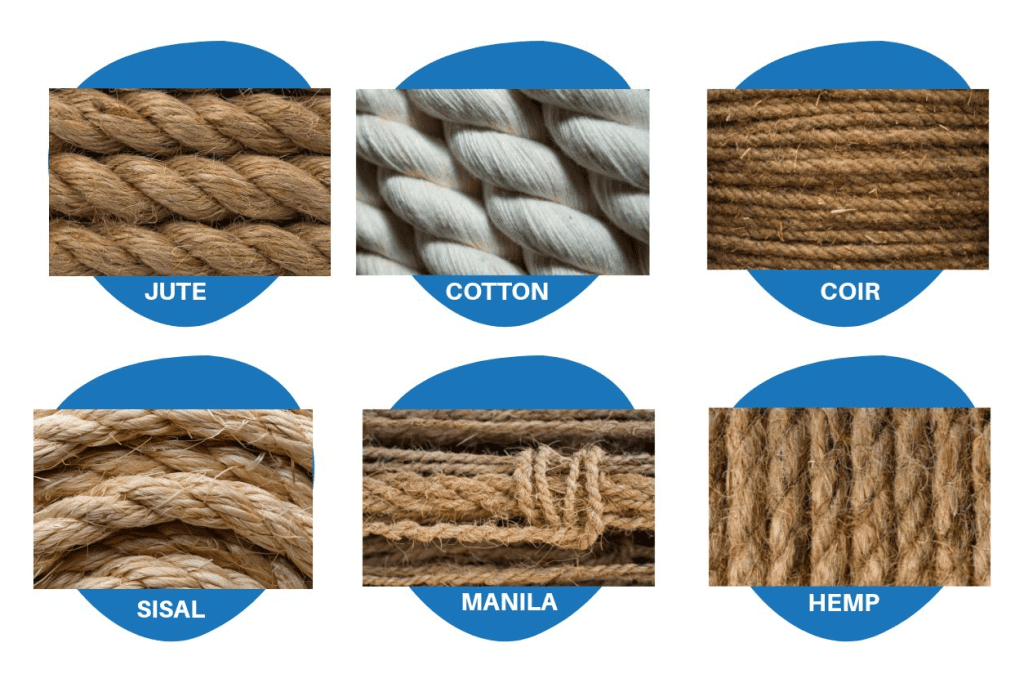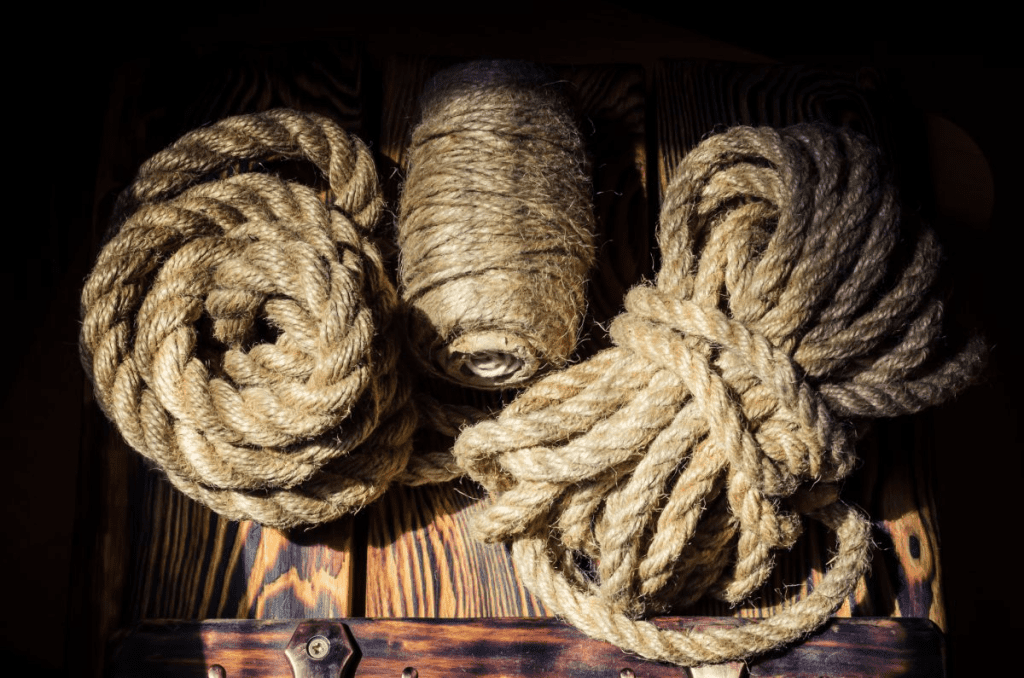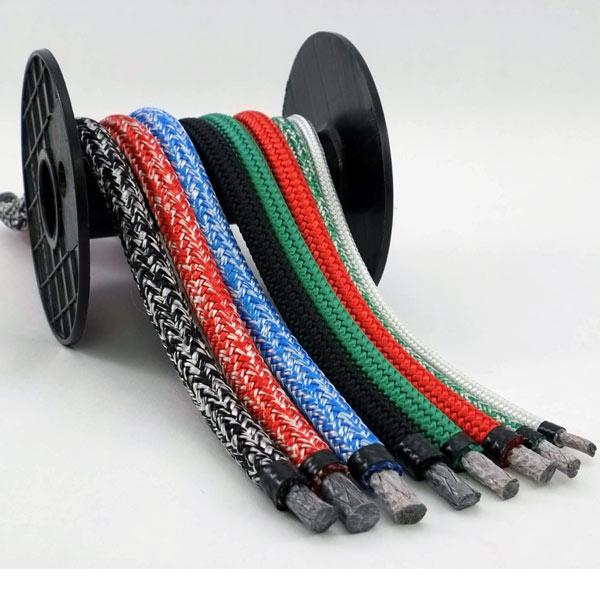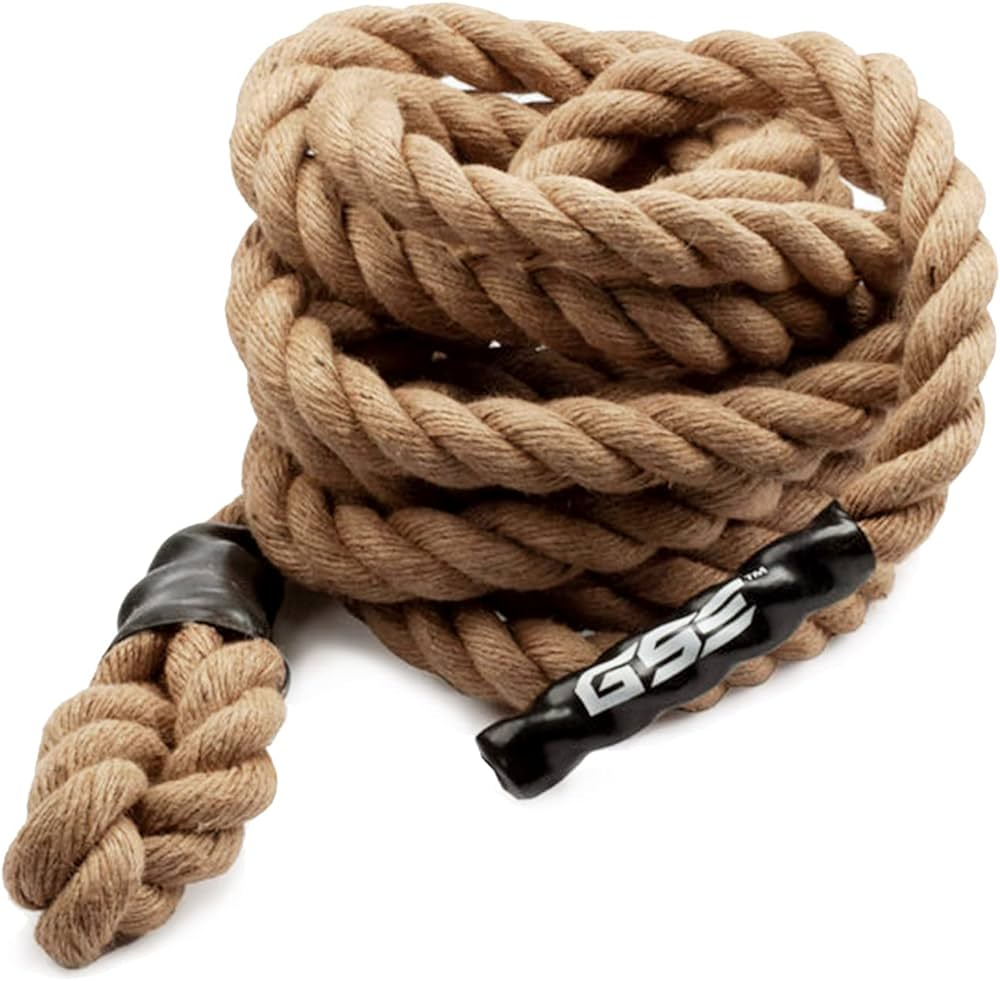Ropes are common tools that are used in various sectors like construction, sailing, and other activities. In this article, we will try to provide information about rope materials, the type of ropes, the strength of the ropes, and a guide to buying ropes. If a reader is a professional or just interested, this work will help to make the right decision regarding the selection of the right rope for any given purpose.
What is Rope Made Of?
Ropes can be made from naturally derived products or synthetic products depending on the manufacturer. The most common materials used in rope construction are:
Natural Rope Materials

The natural rope is created by plant components including Jute, cotton, coir, sisal, manila, and hemp. These ropes are best suited for light to moderate use, for example, arts and crafts work, decorating, gardening or farming. Some benefits of natural ropes include:
● Hemp does not easily develop mold, mildew, or UV rays, which is why it is used to tether items, keep ships anchored, and manufacture pet accessories.
● Cotton was among the first types of fiber to be used in making ropes.
● Manila and sisal are also among the natural fibers that are commonly used to produce ropes.
On the other hand, natural ropes have lower strength and durability compared to synthetic ropes and they are even more compromised in hostile environments or by contact with water.
Synthetic Rope Materials
These ropes have better qualities compared to natural ropes in that they are stronger and can withstand more use and pressures and can therefore be used for various purposes such as for outings, tying boats, and other equipment, and also for pulling or carrying heavy loads.
● Polypropylene is light in weight, does not get wet, and is chemically inert to oil, mold, and mildew, which makes it perfect for wet areas such as swimming pools and marine themes.
● Nylon is the best synthetic rope for daily usage due to its great tensile strength, flexibility, and ability to absorb shocks. It is ideal for tying down and any other times you require rope outdoors or in industrial use.
● Polyester is as strong as nylon but it is slightly less elastic; polyester is often used in boating, fishing, and gardening.
● Polyethylene is water resistant and light weighted as well as cold resistant making it ideal for areas where water is a major component such as in pool and fishing.
● Wire ropes are cables that may be made from steel or other metals and typically used in industries because of their strength in handling heavy weights or in any conditions.
An Overview of Rope Types

Ropes can be categorized depending on their construction, which adds to the unique characteristics of the rope material. The most common types of rope construction include:
● 3-Strand Twisted: The rope material is made up of three strands of rope material that is twisted together and so the rope is fairly tough yet still flexible.
● Single Braid (also known as hollow braid): There are strands which are braided together to form a rope without an inner core hence the rope is not rigid and is easily joined.
● Double Braid: This construction involves a core wire surrounded by a layer of insulation and a sheath that may be of different material as a way of achieving the intended properties such as strength and heat resistance.
Thin Rope and Small Rope
Thin rope andsmall rope are terms that refer to ropes that have a small diameter of below 1/4 inch (6. 35 mm) in diameter. These ropes are suitable to use in situations where a thicker rope is not needed, for instance, in crafting or as decorations.
Strongest Rope: Which One Is It?

Dyneema is the strongest rope material and is an ultra-high molecular weight polyethylene fiber that is fifteen percent stronger than steel but only eight percent of the weight. Dyneema is also water-repellent chemical repellent and uv stabilized thus making it ideal for applications where high strength and high durability are needed.
What to Look For When Buying Ropes
When it comes to buying ropes, the following factors should be taken so as to make the right decision of what kind of rope to buy.
Purpose
Consider whether the rope will be used primarily for climbing or for something else. It is crucial to ensure that the rope used is one that has been specially recommended for any activity, whether one is climbing, boating, camping, etc.
Rope Material
Select the rope material according to the type and strength of the rope for flexibility and ability to handle different environmental conditions. It is stated that synthetic fibers give good wearing properties, toughness, and strength as well, whereas natural fibers provide flexibility and grip.
Diameter
The thickness of the rope directly determines its ability to support a load and its elasticity. Thicker ropes are generally very strong but cannot easily be bent, whereas thin ropes can be bent more easily as they are not very strong.
Length
Ensure the rope is long enough for your intended use. It’s better to have extra length than to find yourself short in critical situations.
Strength and Safety Ratings
Determine whether the rope is fit for climbing and rescue activities by comparing it with the safety and strength ratings. Before you use it, make sure it will perform as you expected.
Price
It is important to balance cost with quality, even though price shouldn’t be the only factor. The long-term cost savings of investing in a high-quality rope are considerable.
Best Rope for Outdoor Use

Several factors should be considered when choosing the most suitable rope type for outdoor activities, such as its tensile strength, durability, and waterproofing. Some recommended options include:
Nylon:
Durable and easily manageable, it does not support the formation of mold, or mildew and is UV resistant making it appropriate for outdoor uses, towing inclusive.
Polyester:
Some of the features include excellent UV and abrasion resistance, recommended uses for sailing/boating, and general tie-downs.
Polypropylene:
It is a material that is light in weight and is capable of withstanding water and most chemical solutions and mildew, which makes it suitable for use in areas that are wet most of the time, such as outside areas.
Conclusion
In conclusion, understanding rope materials, their types, and their strengths is essential for selecting the right rope for various applications. Whether for outdoor use, construction, or crafting, consider factors like material, diameter, and safety ratings. Choose wisely to ensure durability and performance. Make informed purchases for the best results. Ready to find the perfect rope for your needs? Explore the wide selection at Thispower for high-quality options!
